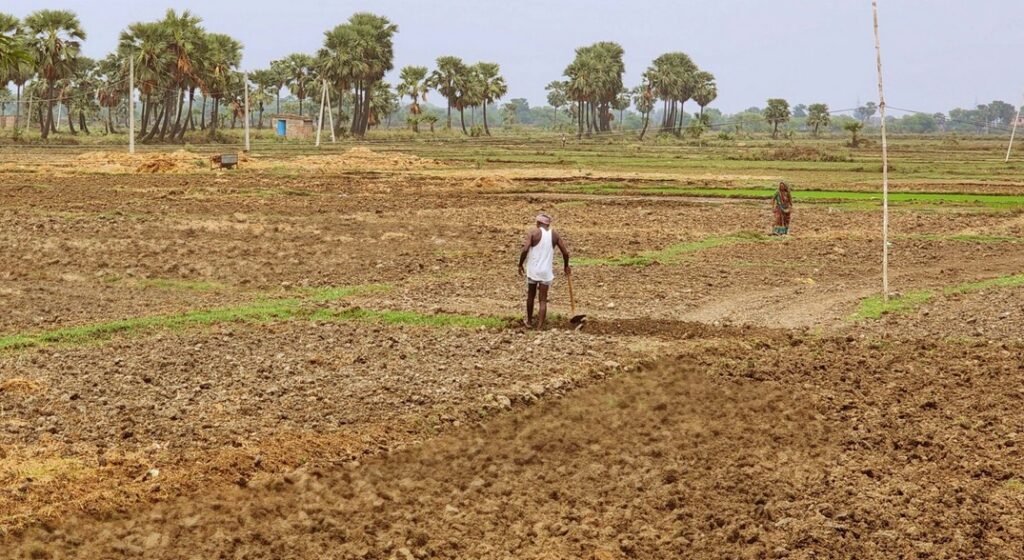India Among The Hardest Hit As Extreme Heat Worsens Since 2015
Oct 23, 2025 | Pratirodh Bureau
Climate experts warn that the heatwave could affect the country’s agricultural production (Image by Zoya Hussain)
India is among the countries experiencing worsening extreme heat since the 2015 Paris Agreement that had aimed at limiting global warming, according to a new joint report from non-profit Climate Central and scientist group World Weather Attribution. The analysis finds that global temperatures have increased over the past decade from 1°C in 2015 to 1.3°C in 2025, intensifying hot days and heat waves that threaten lives and livelihoods across South Asia.
The report highlights that heat is the deadliest form of extreme weather, contributing to about 500,000 deaths each year worldwide. It notes that the frequency and intensity of heat depend largely on future carbon emissions, which the Paris Agreement seeks to reduce.
The analysis compares heat conditions at four global warming levels: 1°C in 2015, 1.3°C today, 2.6°C projected by 2100 under current pledges, and 4°C projected before the Paris Agreement. Projected warming has dropped from 4°C in 2015 to 2.6°C if current pledges are met, but even this level would bring dangerously frequent and intense heat.
India’s pre-monsoon heat waves are a clear warning of how climate change is intensifying regional risks. The report’s case study on India and Pakistan shows that the 2022 pre-monsoon high temperatures were around 30 times more likely and 2.1°C hotter due to human-induced warming. Defined by unusually high average maximum daily temperatures from March to April, the 2022 event caused over 90 heat-related deaths, glacial-lake outburst floods, forest fires, reduced wheat yields, and widespread power shortages.
Since 2015, the additional 0.3°C of warming has already caused an average of 11 more hot days per year globally. In a 2.6°C world, that number could rise to 57 extra hot days annually compared with today, and at 4°C, to 114 more hot days.
The report notes that while India has 37 state and city heat action plans, most remain inadequate and neglect vulnerable groups such as informal workers, residents in temporary settlements, and the elderly.
Emmanuel Raju, one of the authors and Director of the Copenhagen Centre for Disaster Research at the University of Copenhagen, said the impacts of heat are deeply unequal. “The majority of the world, primarily in low-resource settings, are barely coping with extreme heat,” he said. “This is a problem of injustice as people are pushed beyond their limits to cope and adapt.”
Raju added that responses must go beyond short-term survival. “We need to move from survival to transformative adaptation. The only way forward is to cut emissions and make better commitments. More financing for adaptation, loss and damage is key to secure lives, livelihoods, and society.”
The report urges stronger and faster emission cuts to meet Paris Agreement goals and warns that limited adaptation finance is leaving vulnerable populations unprepared as the costs of inaction outpace adaptation.
